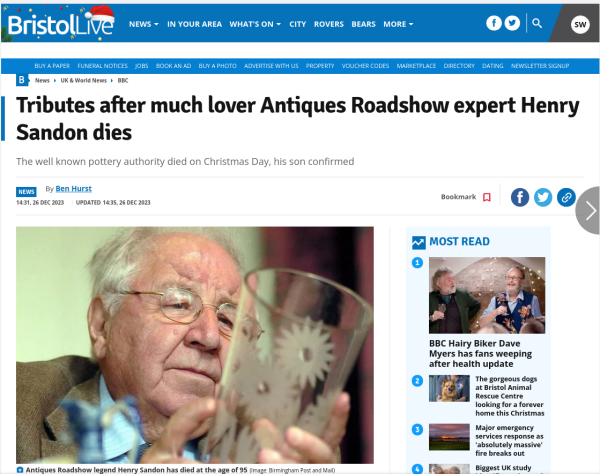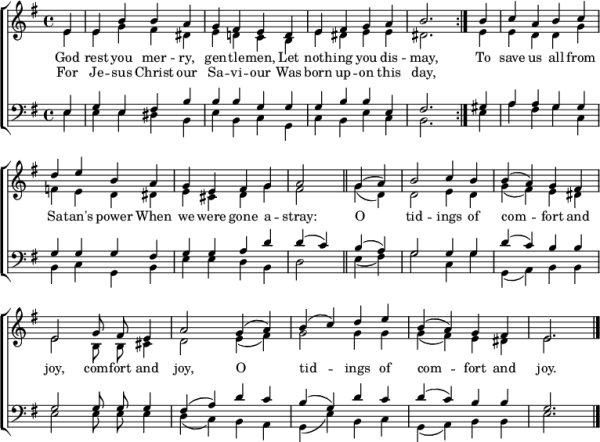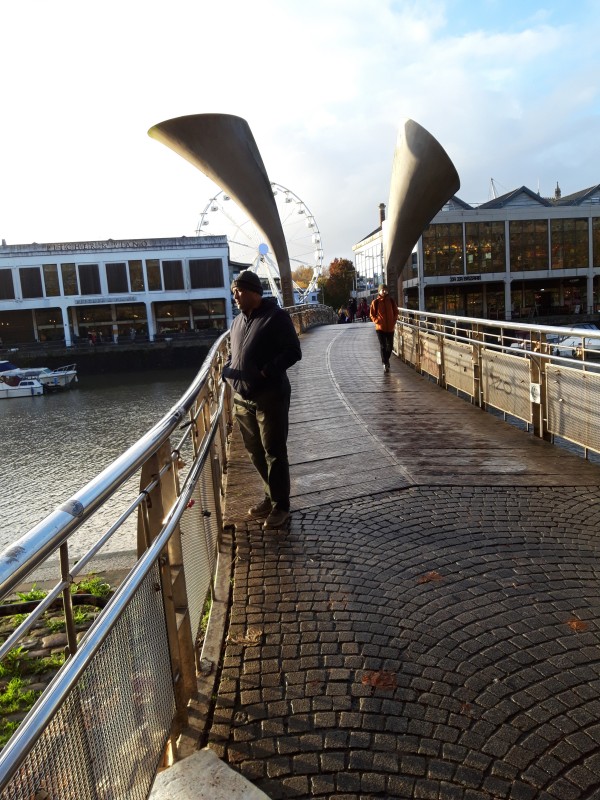American Idiots
Another day, another social media post showing how unaware some people are of the world about them, particularly in relation to popular music and politics.
Green Day is an American rock band with a reputation of not being afraid to include political content in their lyrics.
Take the song American Idiot, for instance.
Released in 2004, it’s a protest song critical of the policies of the then US President, one George W. Bush, particularly his response to the atrocities of September 11 and his subsequent launch of the so-called War on Terror. It clearly went down well upon release as it was nominated for four 2005 Grammy Awards: Record of the Year, Best Rock Performance by a Duo or Group with Vocal, Best Rock Song and Best Music Video. According to Wikipedia, it is considered one of the band’s signature songs.
As a prominent element of Green Day’s discography, the band performed it on ABC’s broadcast of Dick Clark’s New Year’s Rockin’ Eve With Ryan Seacrest, but with a modern update, used the opportunity to call out Trump supporters by changing one word in the original lyrics, amending the line “I’m not part of a redneck agenda” to “I’m not part of the MAGA agenda“.
This did not go down well with the right-leaning part of the populace of the 50 states, who denounced the band on social media.
Then there were those like the gentleman in the screenshot* below, who seems totally oblivious to the blatantly political content of the original song or did not engage brain before placing fingers on keyboard and posting the following,an action which resulted in him ending up with his foot firmly inserted in his mouth.

For the benefit of Mr Starzynski and his like, your ‘umble scribe has transcribed the full, original lyrics of American Idiot below. 😀
Don’t wanna be an American idiot
Don’t want a nation under the new media
And can you hear the sound of hysteria?
The subliminal mind fuck America
Welcome to a new kind of tension
All across the alienation
Where everything isn’t meant to be okay
Television dreams of tomorrow
We’re not the ones who’re meant to follow
For that’s enough to argue
Well maybe I’m the faggot America
I’m not a part of a redneck agenda
Now everybody do the propaganda
And sing along to the age of paranoia
Welcome to a new kind of tension
All across the alienation
Where everything isn’t meant to be okay
Television dreams of tomorrow
We’re not the ones who’re meant to follow
For that’s enough to argue
Don’t want to be an American idiot
One nation controlled by the media
Information age of hysteria
It’s calling out to idiot America
Welcome to a new kind of tension
All across the alienation
Where everything isn’t meant to be okay
Television dreams of tomorrow
We’re not the ones who’re meant to follow
For that’s enough to argue
Have a Happy New Year, y’all!
* = Courtesy of George Takei‘s Mastodon account.

![Kelly's new tweet reads: I thought [Elon Musk] taking over would let freedom ring on this site. Guess I was wrong. Sorry, but these colors don’t run.](http://xislblogs.xtreamlab.net/slwoods/wp-content/uploads//sites/23/2023/12/jesse-kelly-responds-to-statue-of-liberty-correction.jpg)








